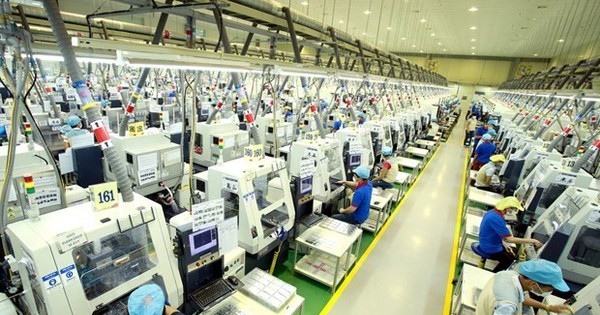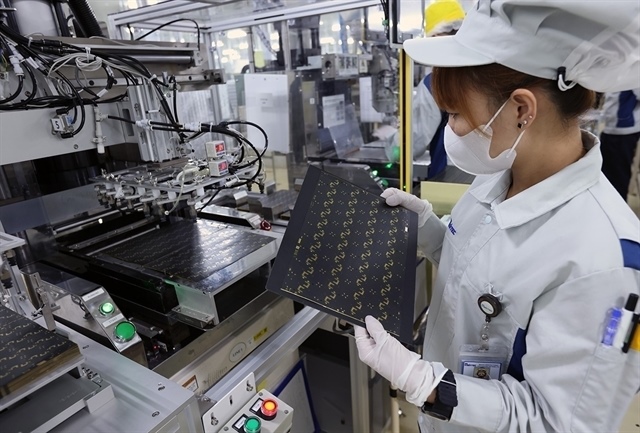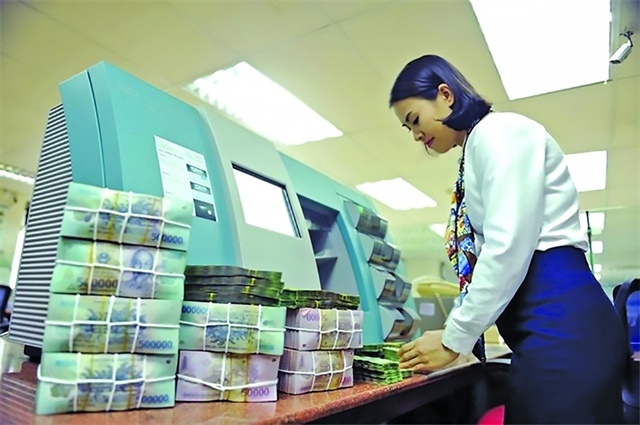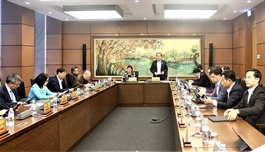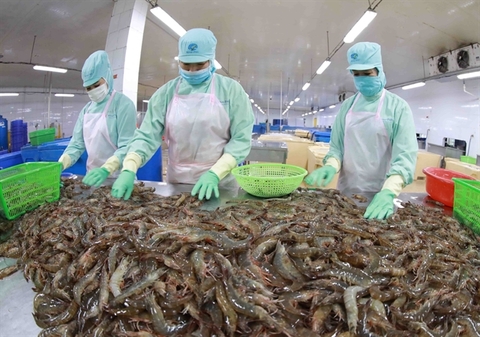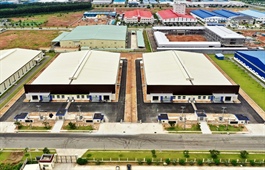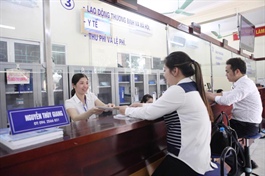Vietnam must necessitate changes in economic model
Vietnam must necessitate changes in economic model
Several countries are raising interest rates in an effort to curb inflation, even though higher interest rates can push economies into even deeper recession.
Illustrative photo. |
Economies interdependent
Vietnam is among the best open economies in the world where the total annual import and export turnover is around 200% of the GDP and where Foreign Direct Investment (FDI) is contributing about one-fifth of GDP. Moreover, the FDI sector regularly accounts for three-quarters of the total export turnover of goods associated with the trade balance surplus, although the domestic economic sector suffers from regular trade deficit. In recent years, although Vietnam has had a trade surplus in goods, it has simultaneously and continuously run a trade deficit in services, making the current account almost negative. Therefore, Vietnam's balance of payments is only in surplus because of a balance of financial surplus.
The export-oriented economic model of the last few decades has been making our economy increasingly dependent on foreign markets, which includes financial and monetary resources in technology, markets, and high-quality labor resources. Internal resources have not been promoted well and exploited over the years, and the domestic market has not been valued and developed either.
Paradoxically, the FDI sector as well as export activities enjoy many preferential policies and simpler procedures, such as in tax policy, land policy, labor policy, salary policy, foreign exchange management policy, and trade promotion policy. In contrast, the economic sector and the domestic market always face many difficulties, from accessing finance to resources such as land, currency, credit, and labor, to pressures in tax management, price management, labor and salary management, and market management. There is a constant deluge of complicated procedures and overlapping inspections.
Although the FDI sector and the flow of goods to the international market enjoy many incentives and maximum favorable conditions, it is still mainly based on the advantages of cheaper prices, from access to land, production, business premises, labor, natural resources, preferential taxes, fees, environmental protection costs, and investment costs. Most of the products created are still only processed and assembled with low added value. Although in recent years Vietnam has had a number of pan-national corporations, the main production stages are still not hi-tech and have not created much added value.
Therefore, although Vietnam has continuously shown a high economic growth rate, it has not yet brought into play its full potential, quality, as well as distribution of growth results, which are all still very limited. In addition, due to the high dependence on investment capital and foreign markets, the initiative in making the macroeconomic policy of our country stronger is significantly curtailed.
Shift in economic model
The policy of increasing interest rates continuously and at high level by the US Federal Reserve (FED) has caused the US dollar to skyrocket against most other currencies in the world. This has impacted global capital flow, especially for many economies entering the race to raise interest rates or trying to maintain a stable exchange rate.
In the current tense scenario, the world economy is forecast to fall into an economic recession, or even stagnate as early as 2023. This will cause several recurring difficulties and challenges for the export-oriented economic model. However, it is an opportunity for the Vietnamese economy to boldly go ahead and change its strategic orientation in promoting better internal resources and develop a stronger domestic market.
Therefore, Vietnam will only attract foreign investors with high technology that are still lacking within the country, and investment projects that are associated with creating high added value products in the global value chain. Vietnam's export of goods and services should be based on absolute and relative competitive advantages in terms of high technological content, quality, and added value.
At present the non-state economic sector alone accounts for nearly 60% of total social investment and contributes over 40% to the GDP. Along with this, the domestic market is also growing to meet the needs of goods and services for almost hundred million consumers, with final consumption accounting for about 70% of GDP. Consumption is growing by double digits every year. Therefore, the domestic economic sector should enjoy the same investment environment and investment incentives as the FDI sector is doing at present.
The development of the domestic market needs to become a priority in the new development stage. This can be done by prioritizing the development of high-quality goods and services. The policy of stabilizing interest rates at a reasonable level in order to support and create favorable conditions for the economic sector and the domestic market to develop is the key. Next, we must improve the exchange rate policy to support exports, and improve the balance of trade, current account, and balance of payments. In addition to this we must combine foreign exchange management policy and foreign capital attraction policy.
By developing an economic model that strengthens internal resources and focuses on developing the domestic market, Vietnam will reduce its dependence on outside markets, increase autonomy in economic growth, regain the initiative in planning and administering macroeconomic policies, and create opportunities for faster, more sustainable economic growth and more equitable distribution of growth outcomes.


